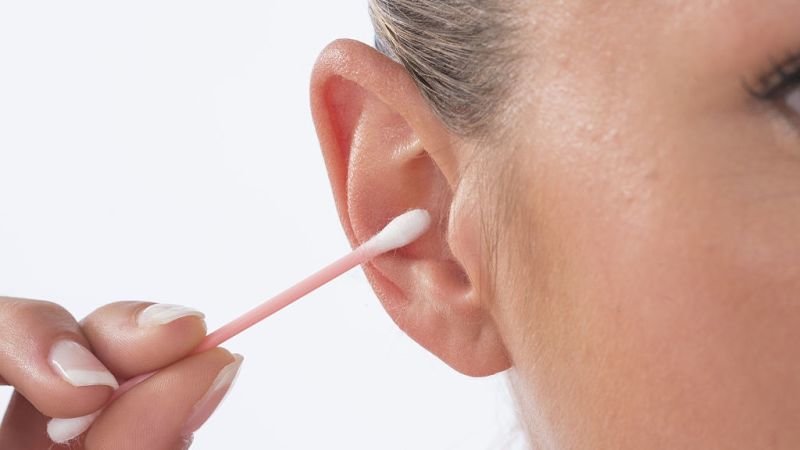The American Academy of Otolaryngology—Head and Neck Surgery Foundation published an updated set of guidelines on managing ear gunk today in Otolaryngology-Head and Neck Surgery. The recommendations don't contain many surprises, but they'll definitely give you another reason to worry—screw around inside your ears too much and you might give yourself earwax impaction, which is basically a stuffy nose for your ear.
Earwax, also known as cerumen, is essentially the snot that serves to grease up the inside of your ears and trap any invading dirt particles. Your body normally deals with earwax buildups just fine, by circulating old wax out of the ear where it crusts up on its own, and by growing more skin cells, according to the report. If that process breaks down, though, earwax might build up in your ears, making it difficult to hear or resulting in a feeling of stuffiness. Around 10 percent of children and five percent of adults suffer from this problem, with numbers higher in older or developmentally-delayed folks. New data on cerumen impaction motivated the release of new recommendations for how to deal with it.
The report can be summarized as follows:
- Don't clean your ears too much.
- Don't put small things like Q-tips into your ear. Sorry, I know, but Q-tips can push earwax further inside your head, making impaction worse or irritating the inside of your ear.
- Call a doctor if you have symptoms like ear pain, hearing loss or stuffy-headedness that might not be from earwax.
- If you're suffering from earwax buildup, ask your doctor about safe ways to treat it.
Your biggest takeaway should be that the earwax belongs inside your ears, and if you do end up with earwax impaction, call your doctor who can remove the wax manually.




Comment: Dangers -- or pleasures -- of Q-tip usage aside, just using a washcloth to clean one's ears seems sufficient.